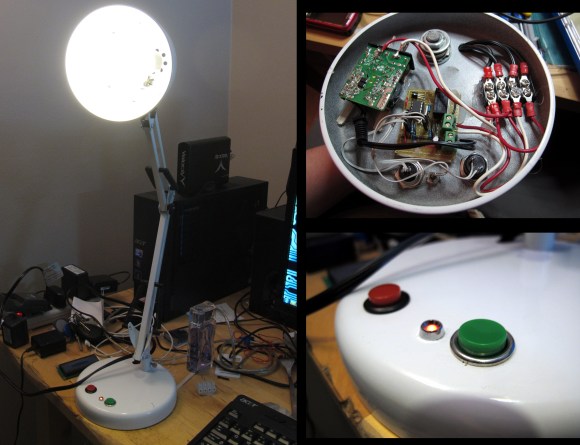
Pinch-zoom is a godsend (and shouldn’t be patent-able) and although we mourn the loss of a physical keyboard on a lot of device we use a tablet nearly as often as we do a full computer. But the touch screen interface is not open to everyone. Those who lack full dexterity of their digits will find the interface frustrating at best or completely unusable at worst. A team of researchers from the Atlanta Pediatric Device Consortium came up with a way to control touch-screen tablets with a sensor array that mounts on your arm.
The project — called Access4Kids — looks not only to make tablet use possible, but to use it as a means of rehabilitation. The iPad seen above is running a custom app designed for use with the sensor sleeve. The interface is explained in the video after the break. Each sensor can serve as an individual button, but the hardware can also process sequential input from all three as a swipe in one direction or the other. If they can get the kids interested in the game it ends up being its own physical therapy coach by encouraging them to practice their upper body motor skills.
Continue reading “Sensor Sleeve Makes Tablet Use Easier And Benefitial For Disabled Children”
















